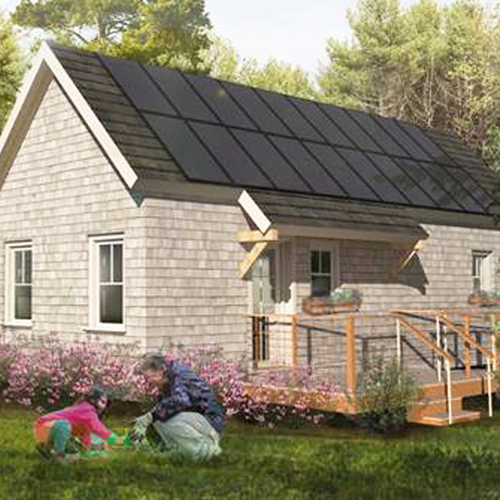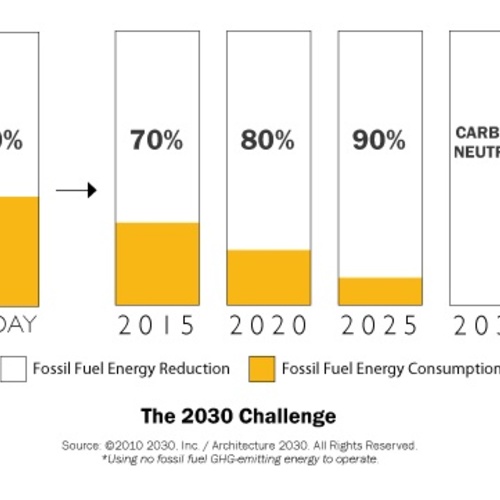
Image Credit: Perkins + Will
Prompted by the 2030 Challenge, architecture firm Perkins + Will launches a beta version of a tool it developed to help building designers set targets for energy reduction in new projects and retrofits
By some estimates, 73% of the energy produced by coal-fired power plants is used to operate buildings. The ultimate goal of the 2030 Challenge, an initiative launched by the nonprofit group Architecture 2030 to reduce buildings’ reliance on fossil fuels, is for that reliance to taper to zero over the next 20 years.
One of the responses to that challenge emerged this week. The multidisciplinary design firm Perkins + Will launched the beta version of a software program, called 2030 e2 Energy Estimating Tool, that it developed to help designers set target goals in four areas – energy efficiency, on-site and grid-supplied renewable energy, and renewable-energy credits – when designing new buildings or retrofitting existing buildings.
The utility of the tool is not the only thing to recommend it, however. Perkins + Will is allowing free access to the tool, which is hosted on the firm’s website at http://2030e2.perkinswill.com. In a press release, the firm says its release of 2030 e2 is intended as a follow-up to the release of the internal Perkins+Will Green Operations Plan, which details specific firm practices for running a sustainable business.
The plan identifies five areas of focus – transportation, office water use, office energy use, consumables, indoor air quality, and office renovations and new construction – and cites goals, policies, and strategies for improvements in each area.
Weekly Newsletter
Get building science and energy efficiency advice, plus special offers, in your inbox.















0 Comments
Log in or create an account to post a comment.
Sign up Log in